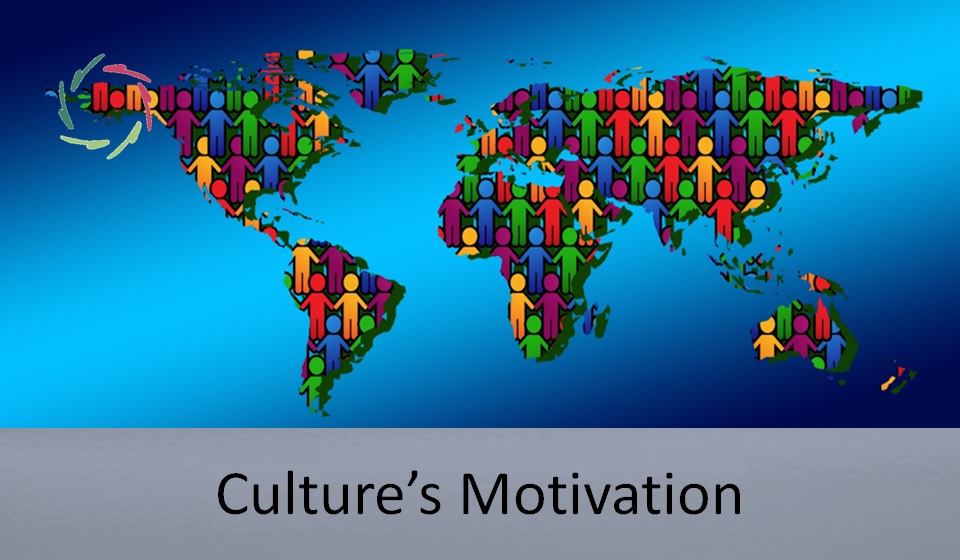The Art of Manipulation

Manipulation often operates in the shadows, influencing people’s thoughts, emotions, and actions without their conscious awareness. Subtle and precise, it can shape behavior in ways that seem almost magical.
Yet, beneath this art lies a profound reality: manipulation erodes personal autonomy and freedom, steering individuals down paths they may not have chosen for themselves. Understanding manipulation is essential — not to master its use but to recognize and resist it.
The anatomy of manipulation
At its core, manipulation is about influence without consent. It bypasses rational thought, instead appealing to emotions, vulnerabilities, and deeper, often non-conscious, layers of the mind. It is distinct from ethical influence, which seeks mutual growth and respects personal boundaries. Manipulation, by contrast, is a tool of control, often wielded with little regard for the autonomy of others.
The key elements of manipulation include the use of emotional triggers, framing issues to shape perception, and exploiting insecurities. A crucial factor is inner dissociation, a disconnect from the deeper self. This dissociation creates a void that manipulation fills with reactive desires or fears. This leaves people feeling free while being steered by invisible forces.
Tools and techniques
Manipulators wield a range of tools to subtly guide behavior. Tone and charisma, for example, can create trust and emotional appeal, giving the manipulator an aura of authority. Framing – shaping how an issue is presented – skews perspectives, while repetition can reinforce ideas until they feel true, regardless of evidence. Emotional triggers such as fear, urgency, or guilt bypass critical thinking, leaving individuals more susceptible to suggestion.
Selective information is another powerful technique, highlighting favorable details while omitting critical counterpoints. As noted in “Are you being manipulated?”, these tools are not inherently malicious. However, when used to control rather than inform, they become dangerous.
The psychology of being manipulated
Manipulation is effective because it targets the subconceptual level, a domain of mental processing that operates beneath conscious awareness. This level is the foundation for how we think, feel, and react. Manipulation thrives here because it taps into patterns of thought before they fully emerge, creating the illusion of autonomy. People often feel like they are acting freely, yet their decisions are subtly guided by external influences.
This phenomenon ties directly to inner dissociation, where individuals become disconnected from their deeper selves. Reconnecting with the subconscious can protect against these manipulative effects, fostering greater clarity and self-awareness.
Historical and modern examples
Manipulation is not a new phenomenon. From the propaganda machines of totalitarian regimes to the calculated rhetoric of advertising, it has long shaped societies. Media and political narratives often exploit fears and biases, steering public opinion in ways that can polarize communities. Social media has amplified this effect, using algorithms to create echo chambers where individuals are fed reinforcing perspectives.
Non-compassionate A.I. is the latest frontier of manipulation. A.I. can analyze vast amounts of behavioral data, tailoring messages to exploit personal vulnerabilities. This makes it a potentially powerful super-manipulator, capable of subtly influencing millions without their awareness.
The ethics of manipulation
While manipulation is often viewed negatively, it exists on a spectrum. At one end lies malicious coercion; at the other, benign persuasion. The key difference is intention. Ethical influence seeks to inspire, educate, or support growth, as seen in practices like Aurelian autosuggestion, where individuals are invited to change from the inside out.
The impact on autonomy and society
On an individual level, manipulation erodes authenticity, steering people away from decisions aligned with their deeper values. It encourages reactive living, where choices are driven by fear, guilt, or desire rather than reflection.
Collectively, manipulation fosters group-think, polarizes communities, and undermines critical thinking.
Recognizing the art
The true art of manipulation lies in its subtlety. Its greatest power is its invisibility, shaping lives without detection. Yet, recognizing manipulation is the first step toward resisting it. Awareness restores autonomy, allowing individuals to align their choices with their deeper selves.
Manipulation, while powerful, can only thrive in the absence of awareness. By choosing to see, we reclaim our freedom, stepping away from the reactive and toward the reflective.


